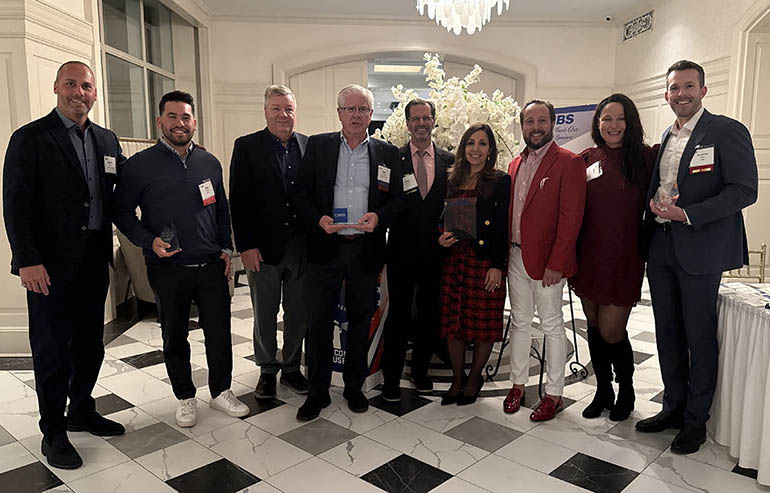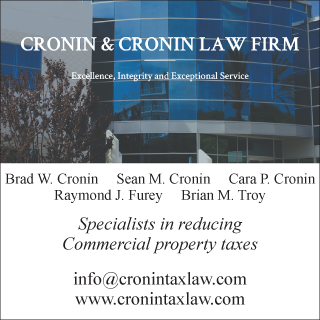When a second opinion in environmental consulting may not be welcomed? - by Chuck Merritt

Instinctively getting a second opinion on just about anything in life is a good idea. However, consider the following scenario where a professional vendor (i.e. environmental consultant) not involved in the transaction between a particular lender (i.e. regional bank) and their borrower (refinancing a building he has owned for many years) is asked for a second opinion. That question typically stems from a recently discovered environmental concern by the lender’s approved consultant conducting an environmental investigation on a property. That consultant’s role is to advise the lender of potential risks uncovered within the findings of their report. That concern has now generated a recommendation for additional testing, generically referred to as the phase two (2) which will cost more money and take additional time to complete.
The borrower has had multiple financings with other lenders over the years and none of those previous lenders (or their environmental consultants) had recommendations like this. So, the question is, “Will I look at the report and offer a second opinion?” My response: “Does anyone care what I have to say?”
Since environmental consulting can be an opinion-centric industry, the lender is generally going to stick with the firm retained for the assignment whom they trust and whose qualifications have been vetted and not the opinion of a company who is not on their approved list. Evaluating a past tenant from decades ago may make sense to the consultant and the lender that hired them, but not so much to the person trying to refinance the property. In addition, what may not have been considered a Recognized Environmental Condition (REC) as per the American Society of Testing Materials (ASTM) a decade ago, may now be.
ASTM has issued several revisions to the phase one Environmental Site Assessment (ESA) standard since its inception in 1994. The latest standard was issued in 2015 with another one pending approval and release in 2022. With each new standard there are more things consultants are responsible to look at and hence more recommendations for additional investigation than previous financings may have required. The concept of vapor encroachment and vapor intrusion were brought to the forefront of the last standard and many more consultants are pointing out that concern to their clients lending money on a certain asset.
This is not to say there are no options available that the parties involved to help minimize the risk for the lender without conducting a phase 2 investigation such as environmental insurance, personal guarantees, escrow accounts, etc. The potential for using these other instruments will depend on the environmental concern. Old, buried heating oil tanks may present less of a risk than a dry-cleaning tenant using the solvent perchloroethylene (PERC). A consultant may be better equipped based on their experience to provide a cost to cure estimate for the tank issue without the phase 2 investigation vs the potential impact from the solvent PERC which can be a very expensive remedy and more difficult to provide a budget for. The final decision will be made by the bank based on several factors including what their environmental risk policy may outline.
When it comes to the purchase of commercial real estate, potential environmental risks should be looked at through a bit of a different lens. The ASTM 1527 standard is and will continue to be the one a buyer MUST have in their name to rely on as proper environmental due diligence and the legal protections it offers. Banks will also continue to rely on this standard to vet their risk although some lenders tweak the standard with additional requirements specific to their organization.
The challenge arises when the lender hires their consultant to represent them as that agreement will outline an exclusivity of use to the bank alone and not the borrower. Although not the best way to conduct due diligence, the borrower can garner some insight from those findings. Although the lender will continue to rely on their consultant, the purchaser at this point should have some options on scope and cost as they have the most to lose should contamination be discovered later. The purchaser may also want to conduct more due diligence than the bank’s consultant is recommending or suggest a reputable firm they have worked with before to conduct the additional investigation. In this instance it is wise to provide the scope of work to the lender and their consultant to review and approve before any investigation begins.
So, there are still times where a second opinion is advisable depending on the dynamic of the transaction, flexibility of the lender and role the environmental consultant retained will play. However, it is important to remember that when refinancing, a lender, and the consultant they have chosen for the assignment may not welcome one.
Chuck Merritt, LEED AP, is the president of Merritt Environmental Consulting Corp., Hauppauge, N.Y.
Suffolk County IDA supports expansion of A&Z Pharmaceuticals


The evolving relationship of environmental consultants and the lending community - by Chuck Merritt
When Environmental Site Assessments (ESA) were first part of commercial real estate risk management, it was the lenders driving this requirement. When a borrower wanted a loan on a property, banks would utilize a list of “Approved Consultants” to order the report on both refinances and purchases.








.gif)
.jpg)